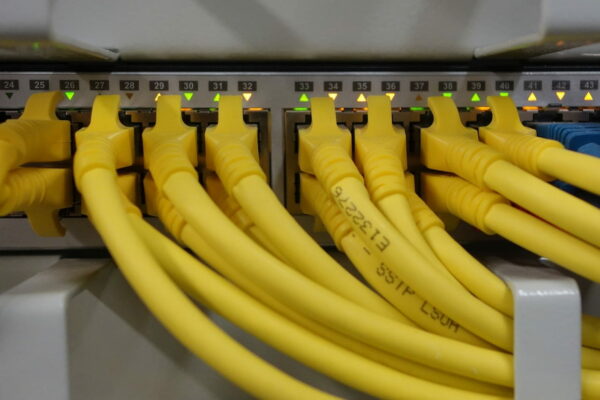In the fast-paced digital age, communication between devices, systems, and applications is fundamental to our technological landscape. This article delves into the essential Network Protocols Overview: Exploring Communication Standards.
We will unravel the intricate web of communication standards, highlighting their significance, exploring various network protocols, and shedding light on the seamless exchange of data in today’s interconnected world.
Network Protocols Overview: Exploring Communication Standards

Understanding communication standards is paramount to the functionality of modern technology. Communication standards serve as the set of rules and conventions that devices and systems adhere to for effective data exchange. These standards ensure compatibility, reliability, and security, allowing diverse devices and platforms to collaborate seamlessly.
By adhering to these standards, devices can “speak the same language,” enabling data transmission without chaos or misinterpretation.
The Role of Communication Standards
Communication standards play a pivotal role in facilitating efficient data exchange across networks. They provide a common framework that ensures interoperability among different devices and systems.
Imagine the chaos if every device communicated in its own unique way—communication breakdowns and data loss would be inevitable.
Communication standards alleviate this challenge by establishing a uniform set of rules that govern data formatting, encoding, and transmission protocols.
Exploring Various Network Protocols
Transmission Control Protocol (TCP)
TCP, a cornerstone of the Internet, ensures reliable data delivery by creating a connection between devices before data transmission. It manages data segmentation, acknowledgment, and retransmission, guaranteeing that data reaches its destination intact.
Internet Protocol (IP)
IP, often paired with TCP, handles addressing and routing. It ensures data packets are correctly addressed and directed to the appropriate destination across interconnected networks.
Hypertext Transfer Protocol (HTTP)
HTTP governs web communication, allowing browsers to request web pages from servers. The secure variant, HTTPS, adds an extra layer of encryption, safeguarding data during transmission.
Simple Mail Transfer Protocol (SMTP)
SMTP is the protocol behind email communication. It enables the transmission of emails from the sender to the recipient’s mail server, ensuring proper delivery.
File Transfer Protocol (FTP)
FTP facilitates file sharing across networks. It permits seamless uploading, downloading, and sharing of files between devices.
Post Office Protocol (POP) and Internet Message Access Protocol (IMAP)
These protocols enable email clients to retrieve messages from mail servers. While POP downloads and stores messages locally, IMAP allows access to messages directly on the server.
The Significance of Seamless Data Exchange
The seamless exchange of data, made possible by communication standards, underpins modern society’s technological progress. From sending an email to streaming a movie, communication standards ensure that devices collaborate harmoniously, enriching our lives with convenience and efficiency.
FAQs
Network protocols are a set of rules and conventions that dictate how devices and systems communicate and exchange data across networks.
Communication standards are crucial because they ensure interoperability, reliability, and security in data exchange between diverse devices and platforms.
TCP manages the reliable delivery of data, while IP handles addressing and routing, collectively enabling data transmission over networks.
HTTP governs the communication between web browsers and servers, allowing users to request and access web pages.
SMTP is responsible for transmitting emails from the sender’s device to the recipient’s mail server, ensuring proper delivery.
FTP enables seamless uploading, downloading, and sharing of files across networks, enhancing collaboration and data transfer.
Conclusion
In the dynamic realm of technology, communication standards form the foundation for seamless data exchange. The diverse network protocols discussed above exemplify the power of these standards, enabling devices to communicate effortlessly and enhance our daily experiences. As we continue to innovate, understanding these protocols and their role in communication standards remains essential for shaping our interconnected digital world.